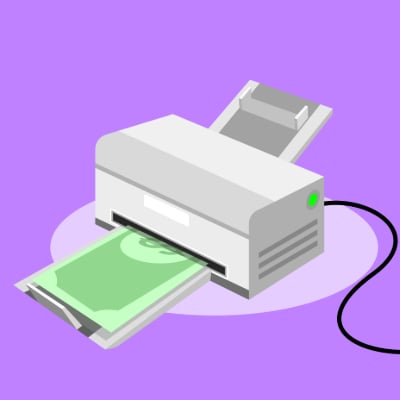How often do you find yourself thinking about how new technology will impact your business’ bottom line? Chances are, you have considered implementing a new piece of technology or two, but you might get stuck on whether or not it will actually be worth the investment. This is where you consider the return on investment that technology will provide, or ROI. Here’s how you can make sure your technology is providing results and what you can do if it doesn’t get the results you’re looking for.
Disruptions, from natural disasters to cyberattacks, can hit any business. A strong business continuity plan (BCP) is essential to protect your company, employees, and customers. It’s an investment that helps you handle the unexpected and get back on your feet quickly. Here are the key dos and don’ts for building your plan.
Running a business can feel like a constant battle against inefficiency. There are innumerable reasons an organization doesn’t meet productivity standards. Fortunately, however, technology provides powerful tools to identify and eliminate these problems. Here’s how you can use technology to find and fix inefficiencies in your business.
You’re in the middle of a crucial presentation, and suddenly, your screen freezes. Or perhaps your customer relationship management (CRM) system goes down during peak sales hours. Your first instinct might be to panic, to hit every button, or to call everyone you know. This month, we talk about how overreacting to your technology troubles can be just as bad as the troubles themselves.
There’s a reason why we tend to focus on security, and that’s because it’s not a matter of if you experience a cyberattack, but when. It’s your responsibility to make sure that you’re ready to act in the right way when faced with these attacks. One of the best ways you can be prepared is by working with a managed service provider like us. Today, we have three ways we, as a managed service provider, can help you take the fight to cybersecurity threats.






